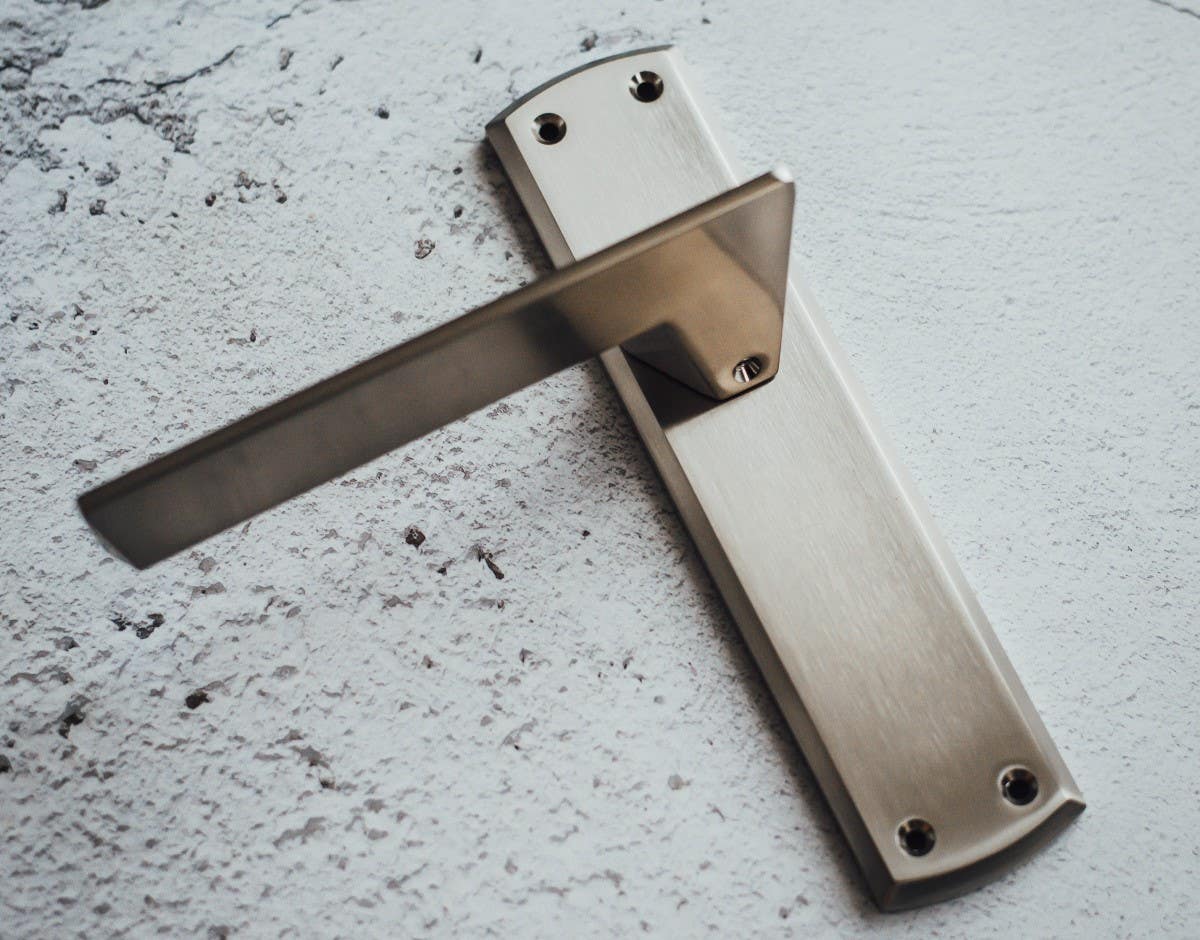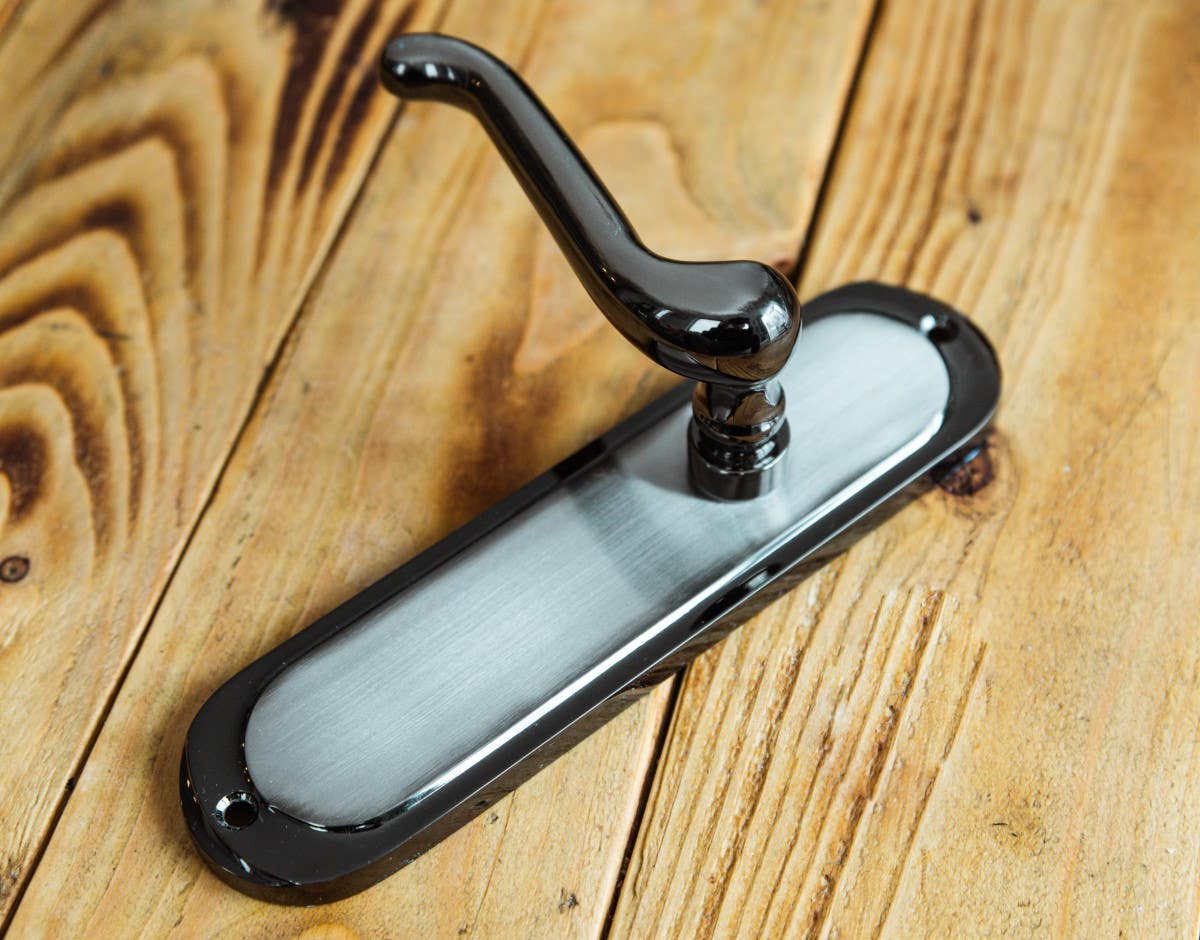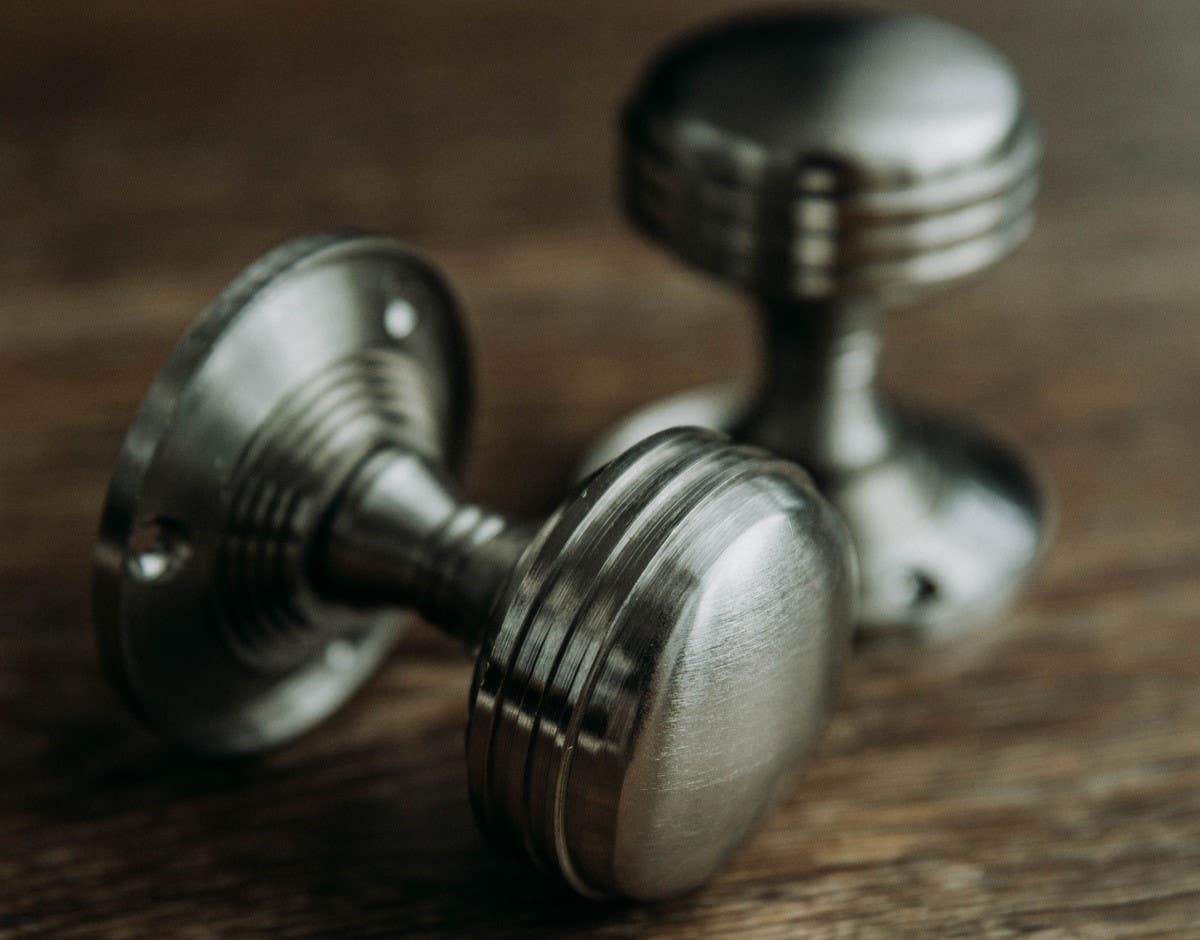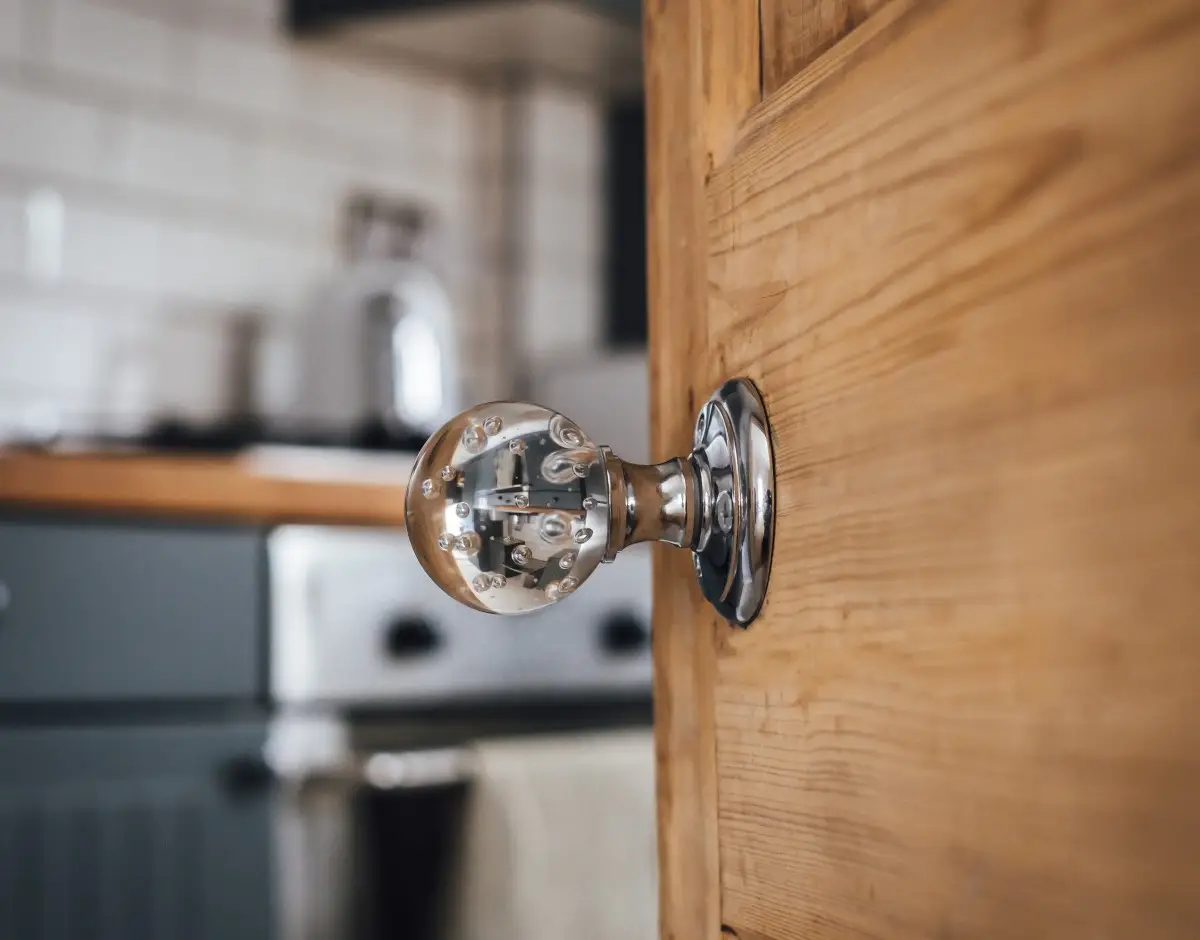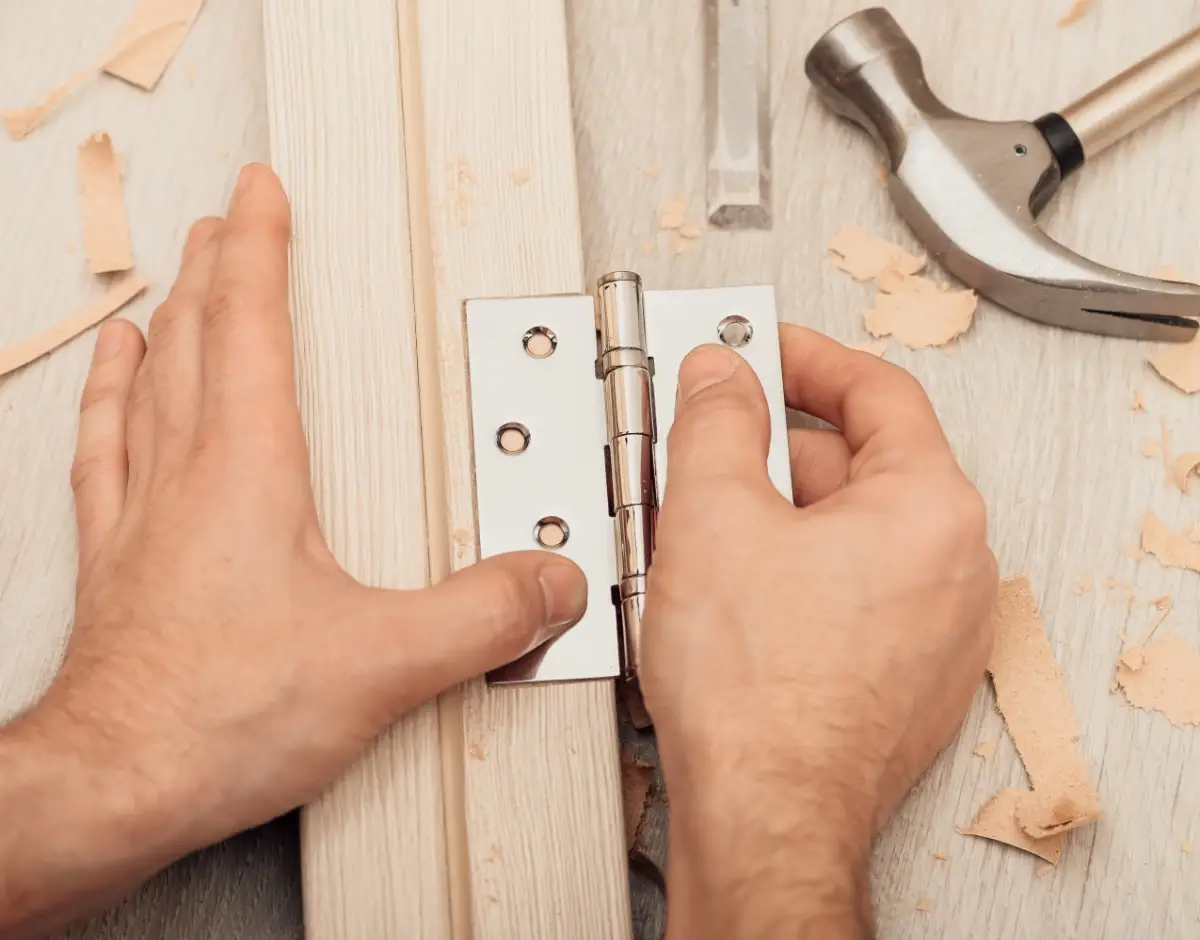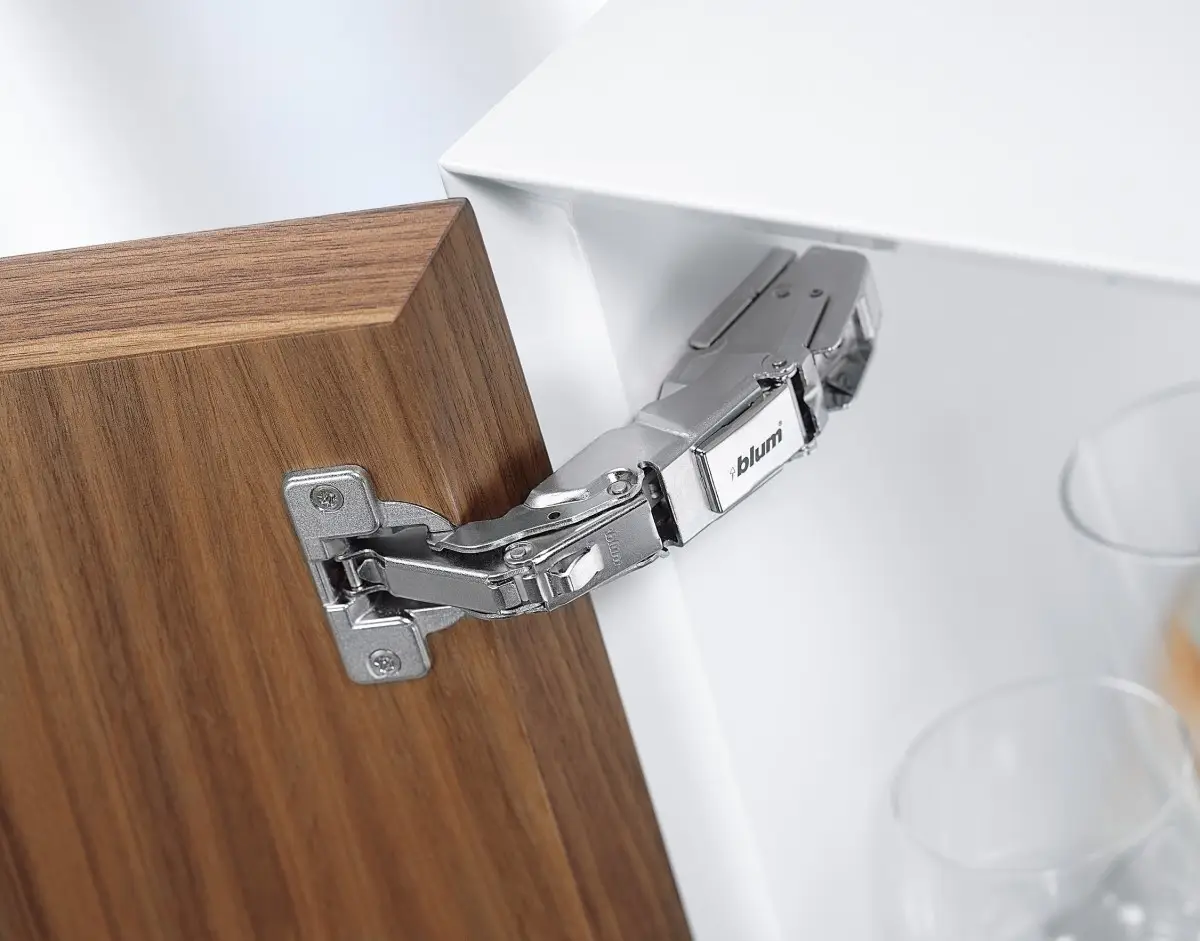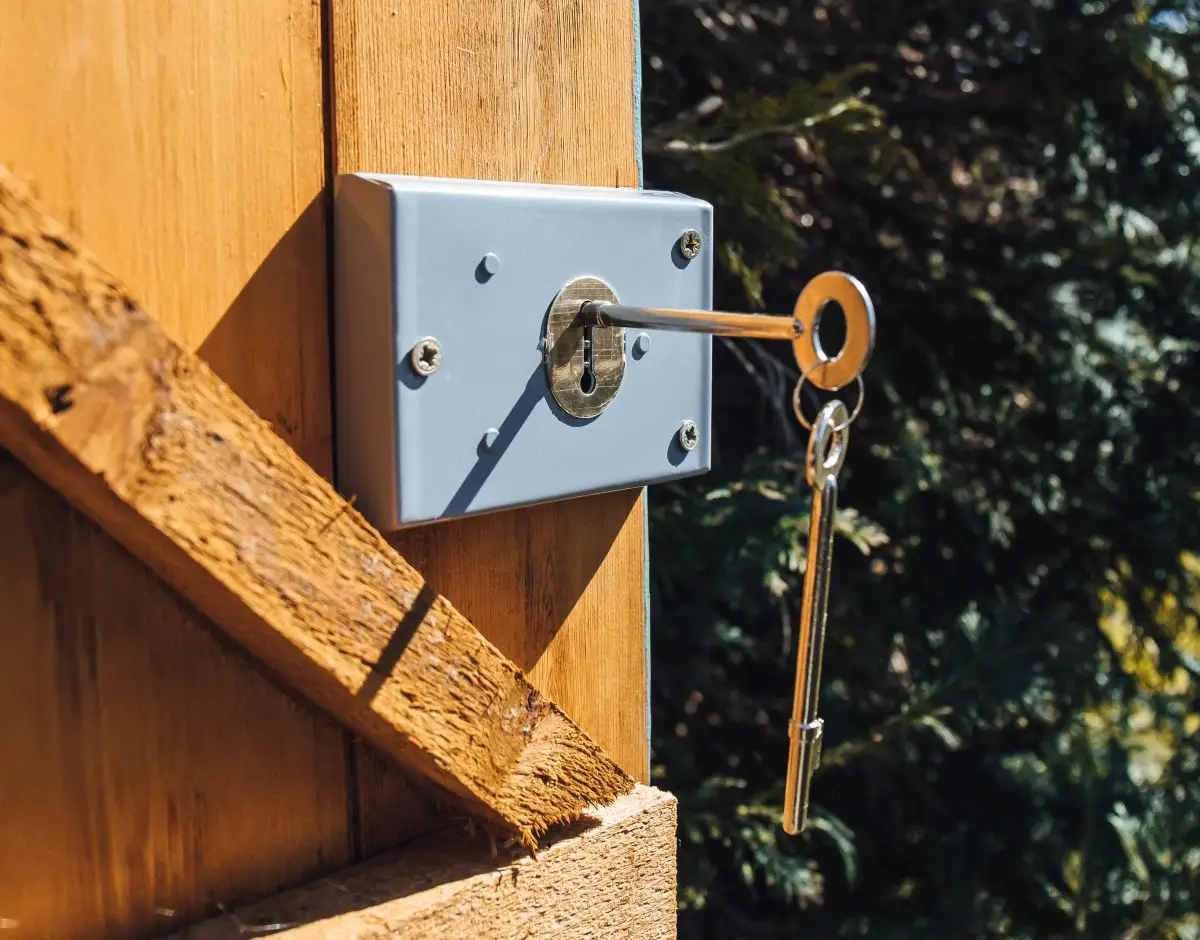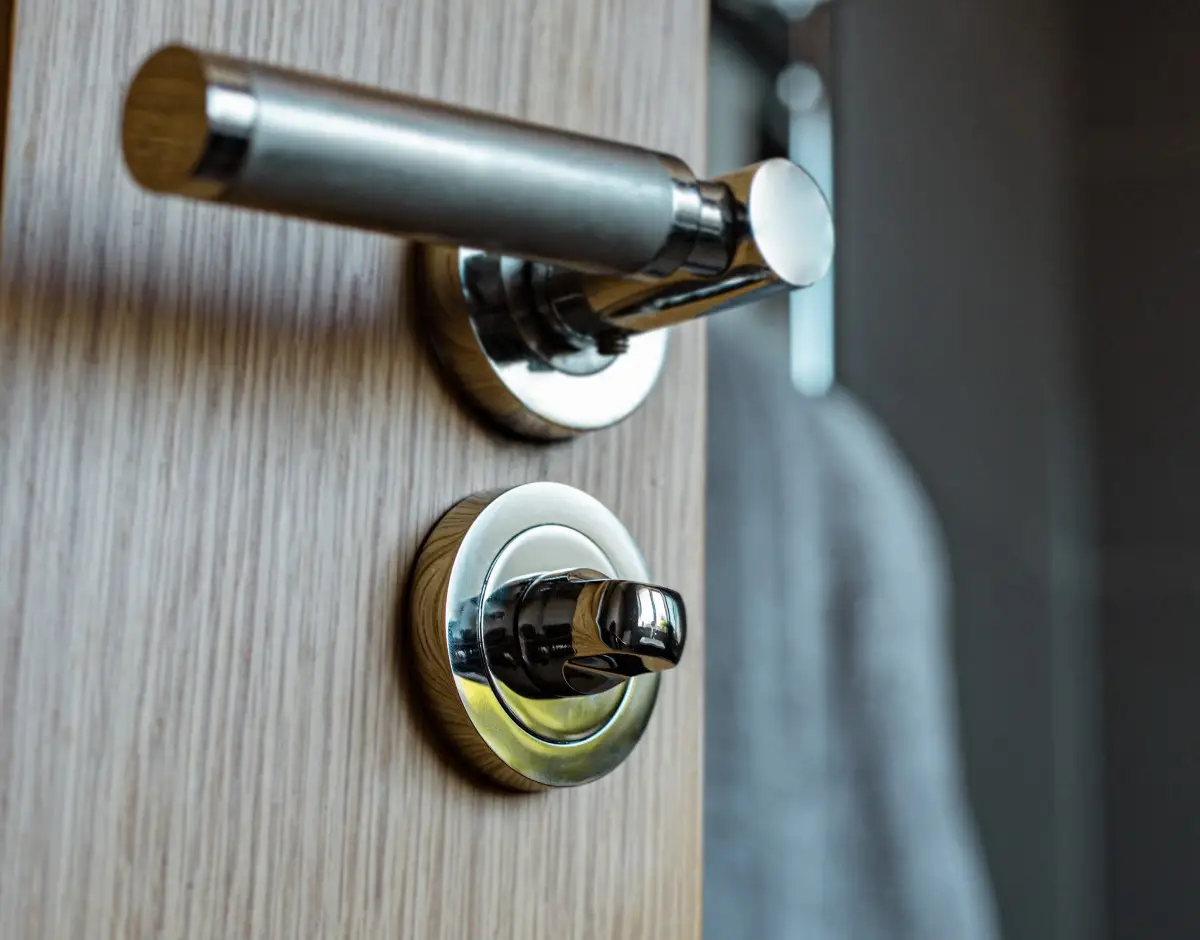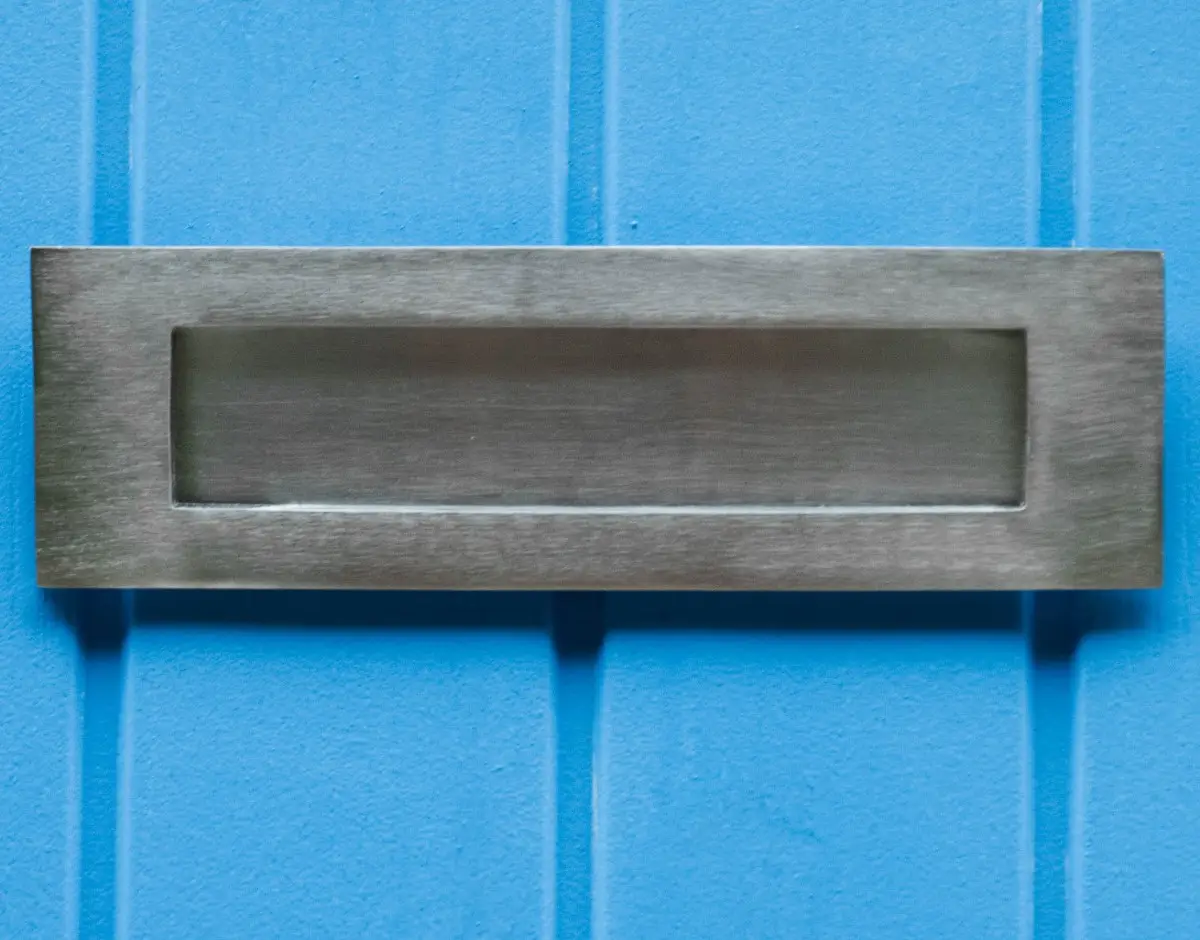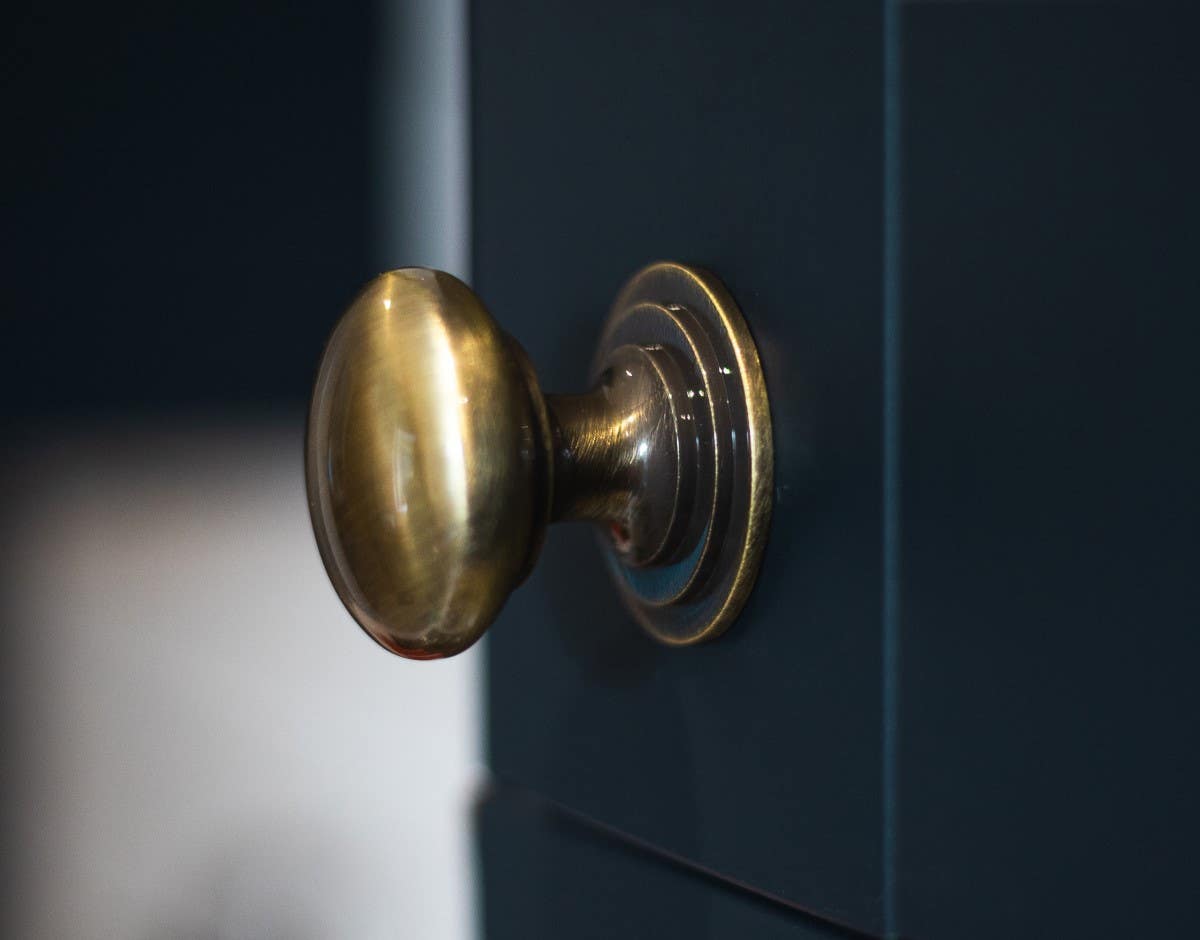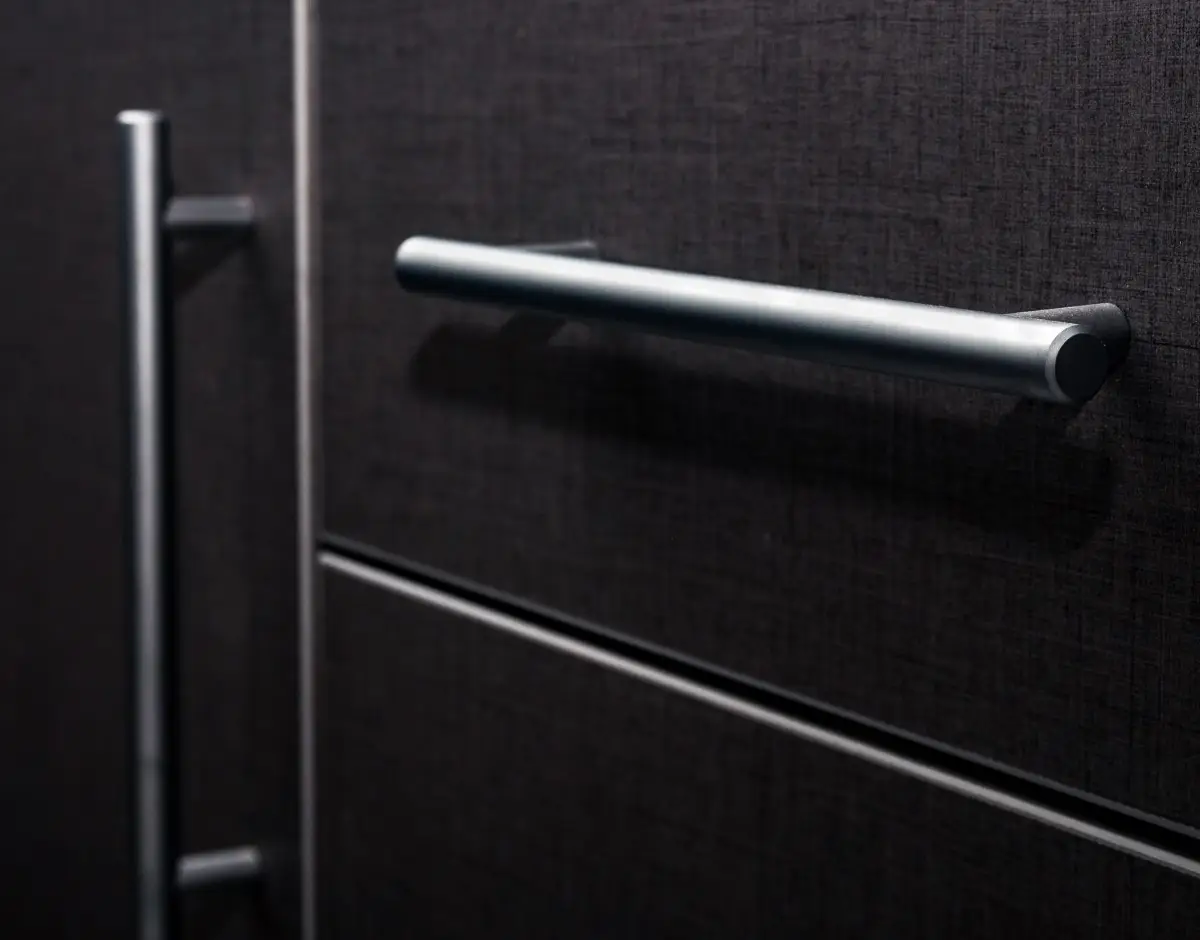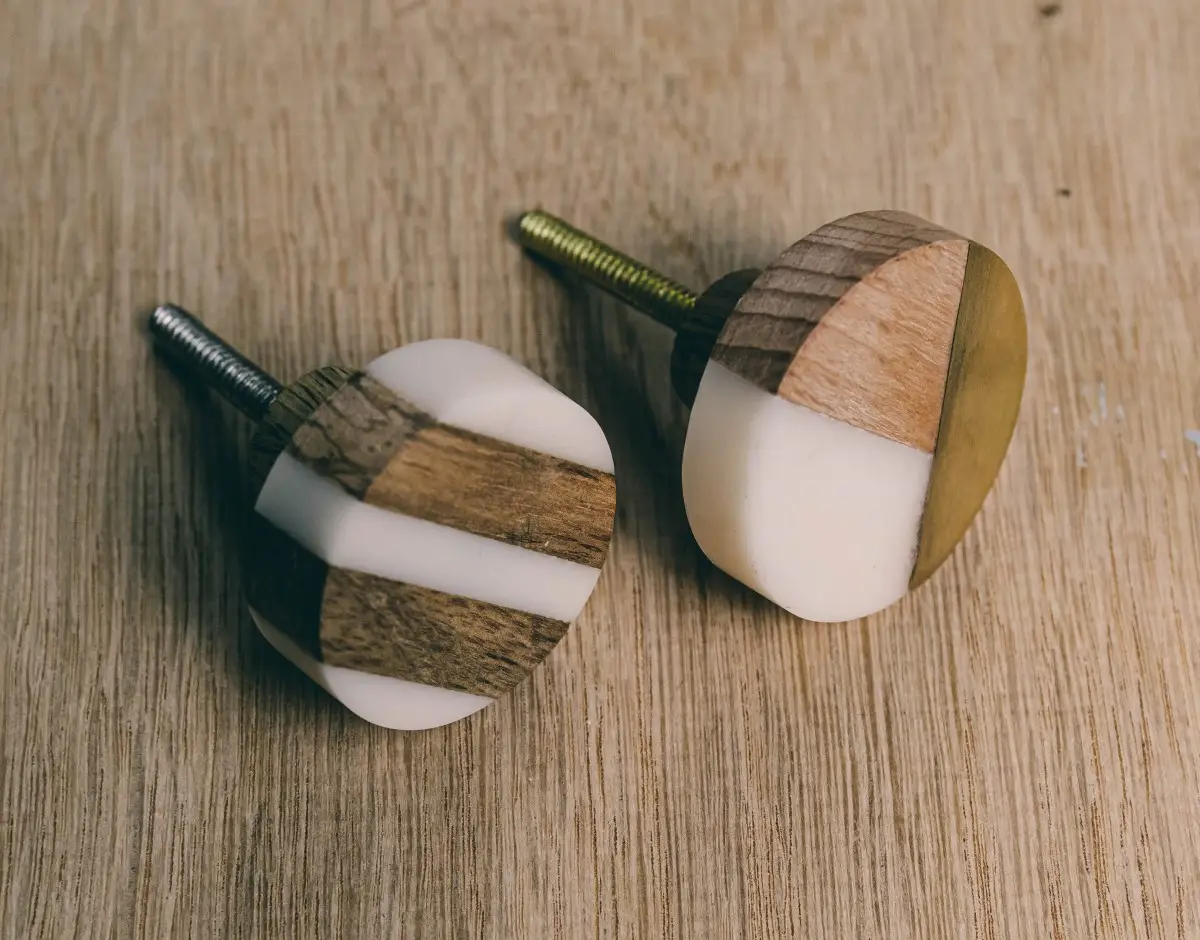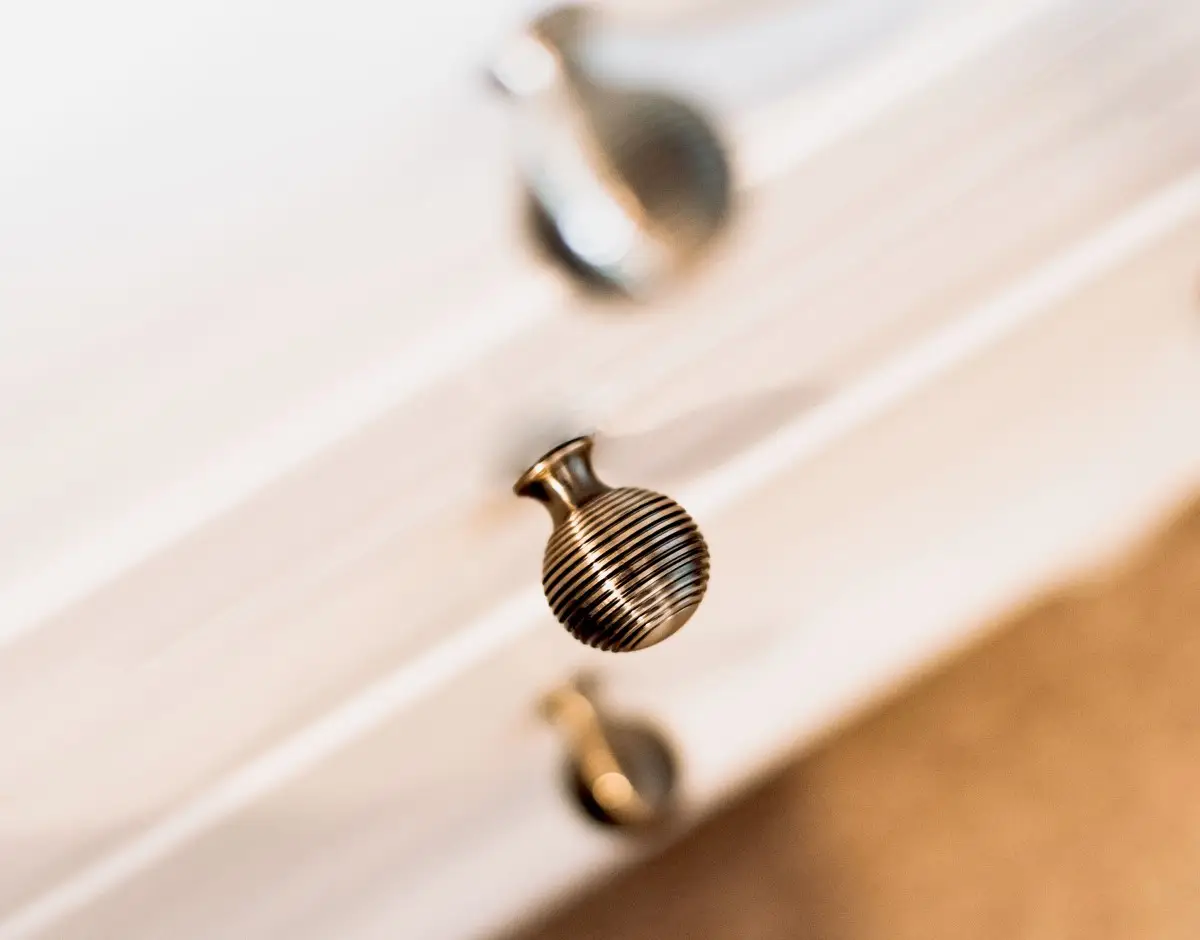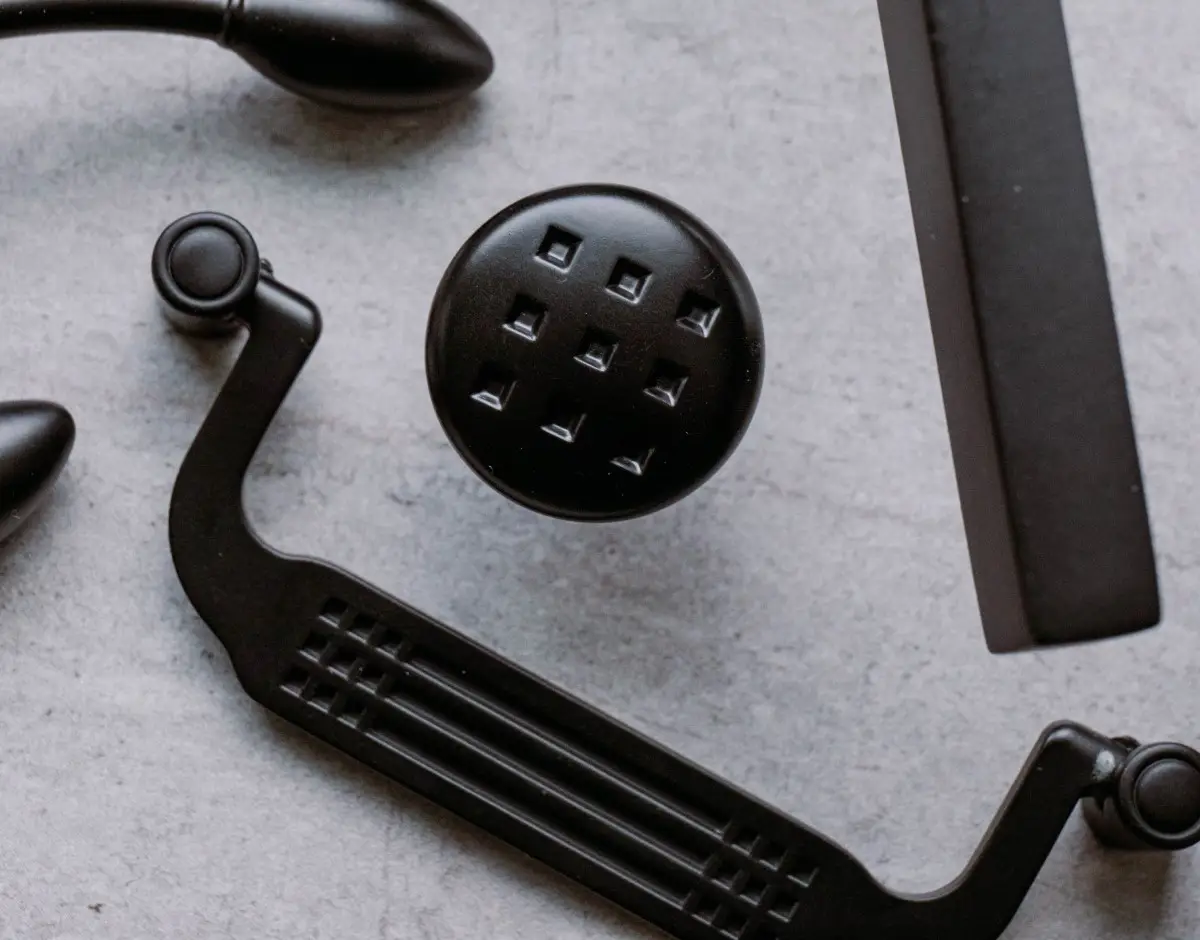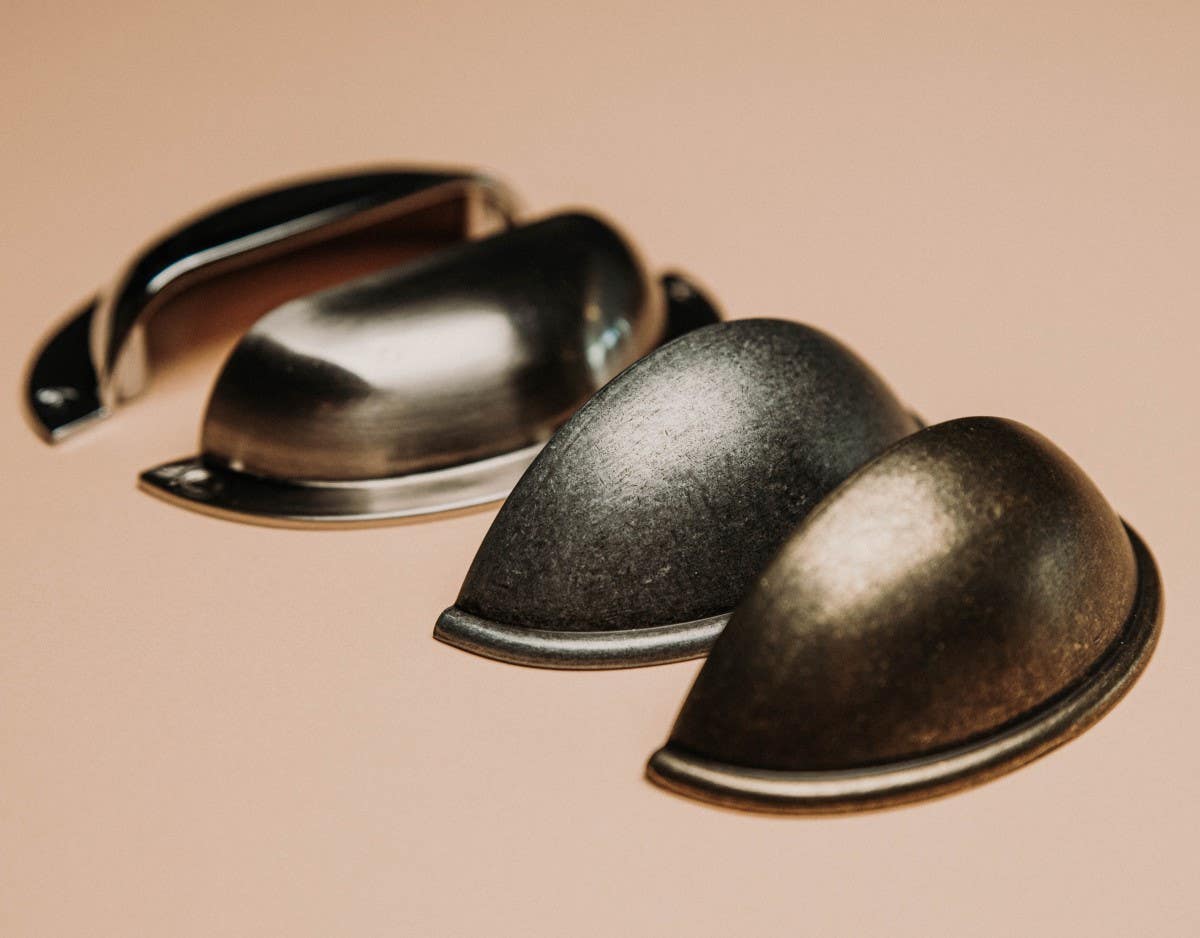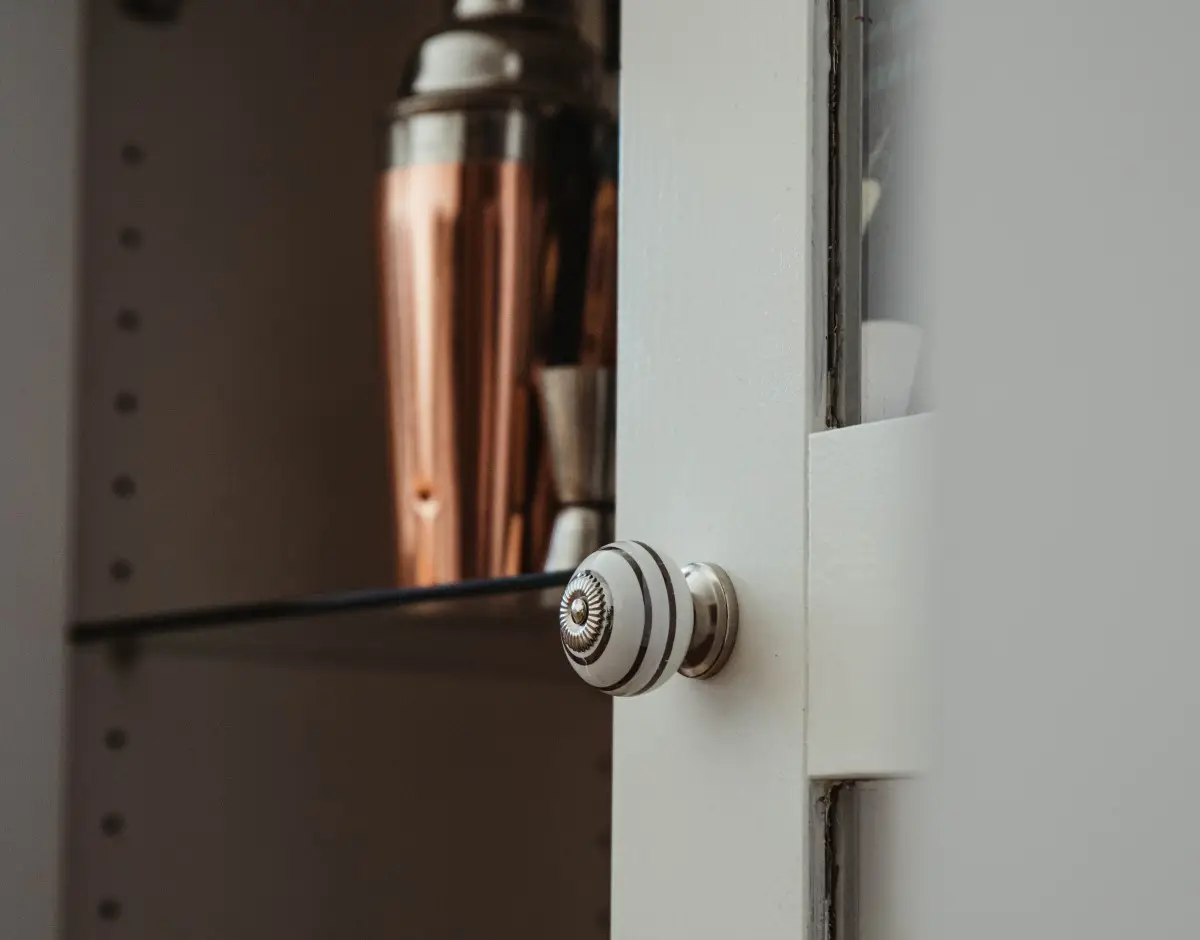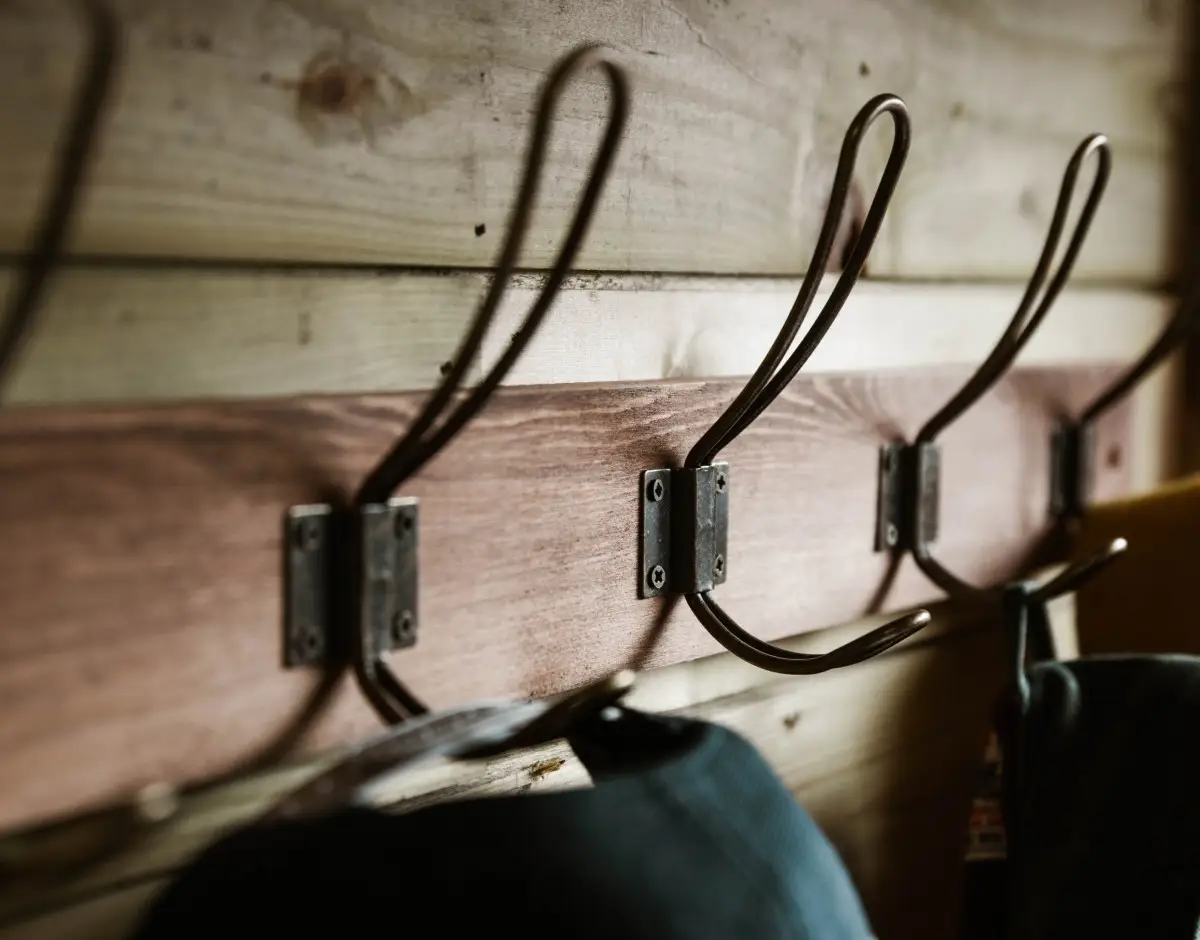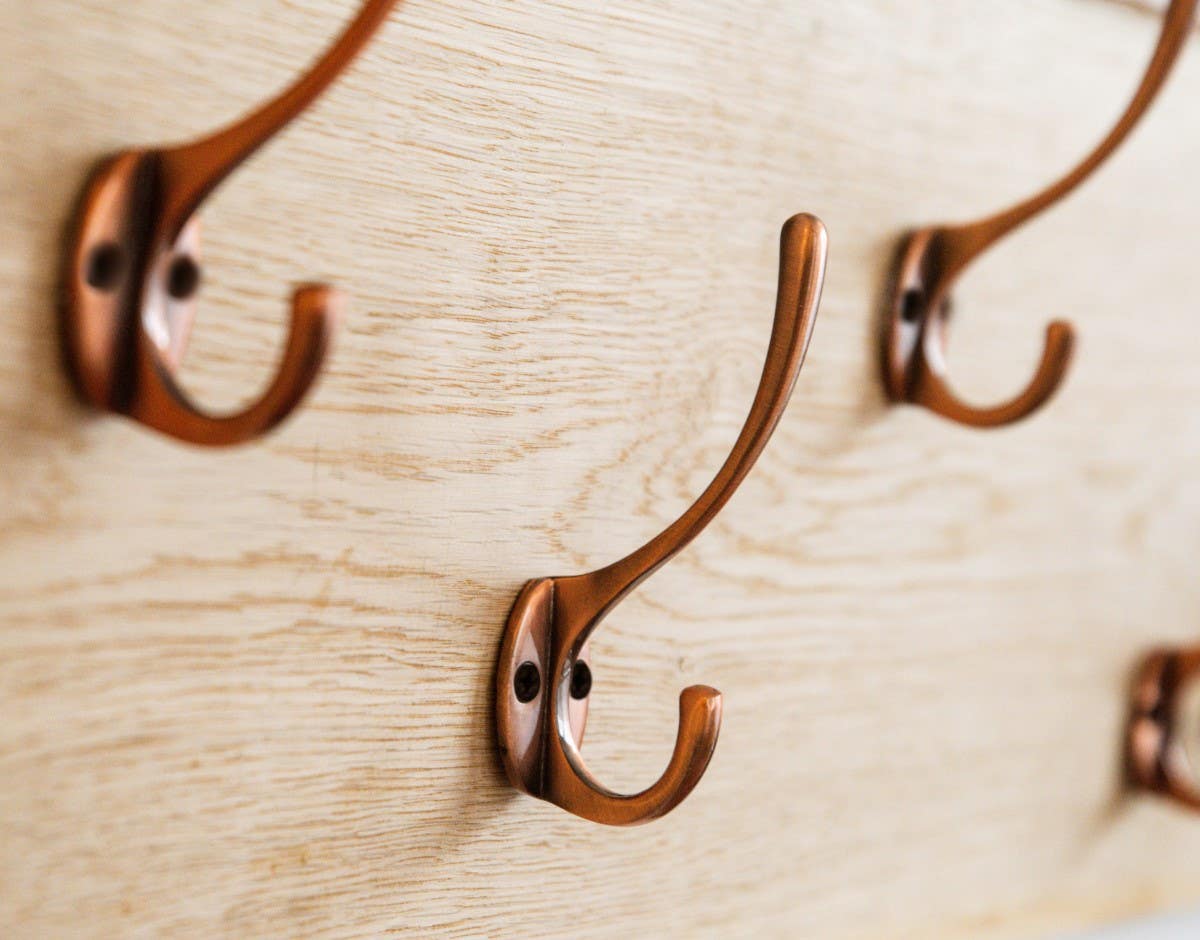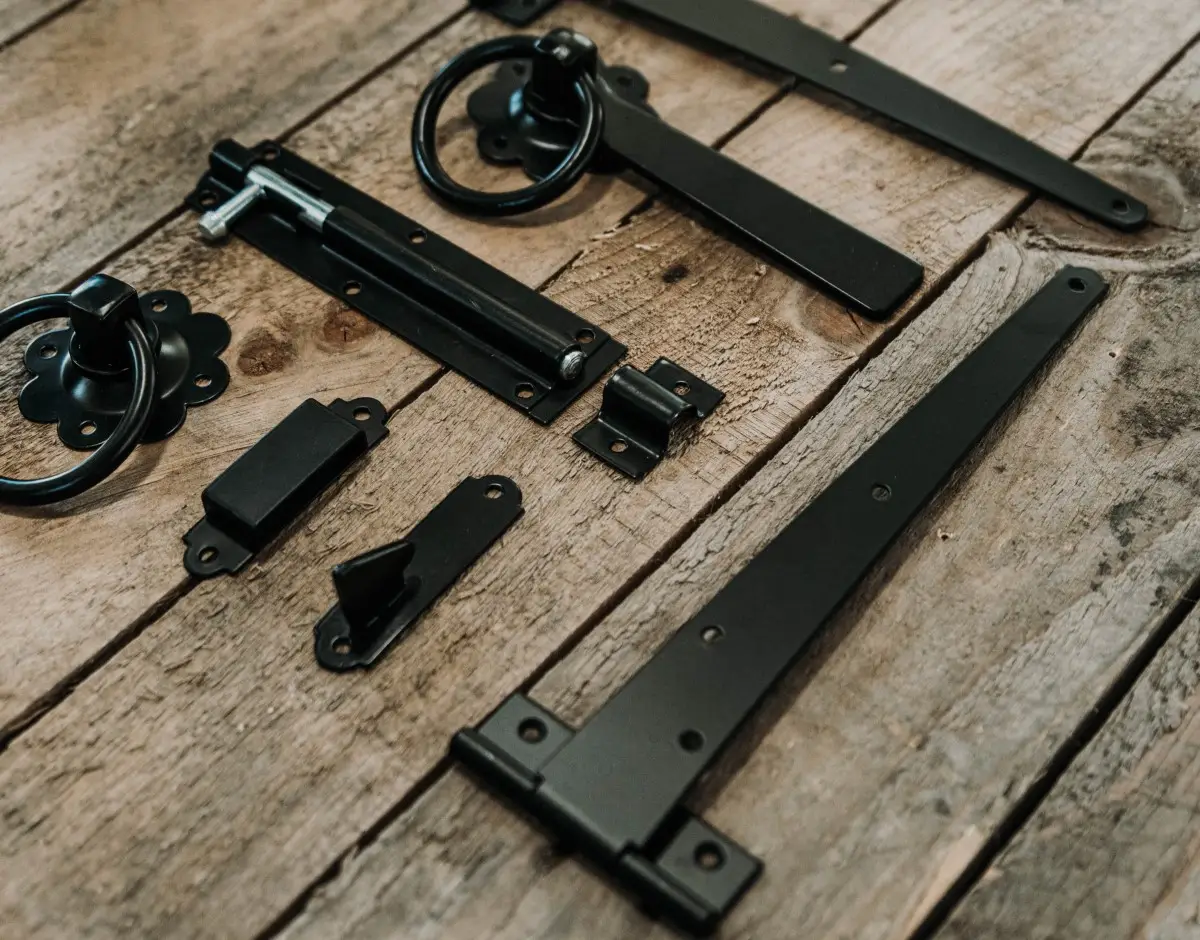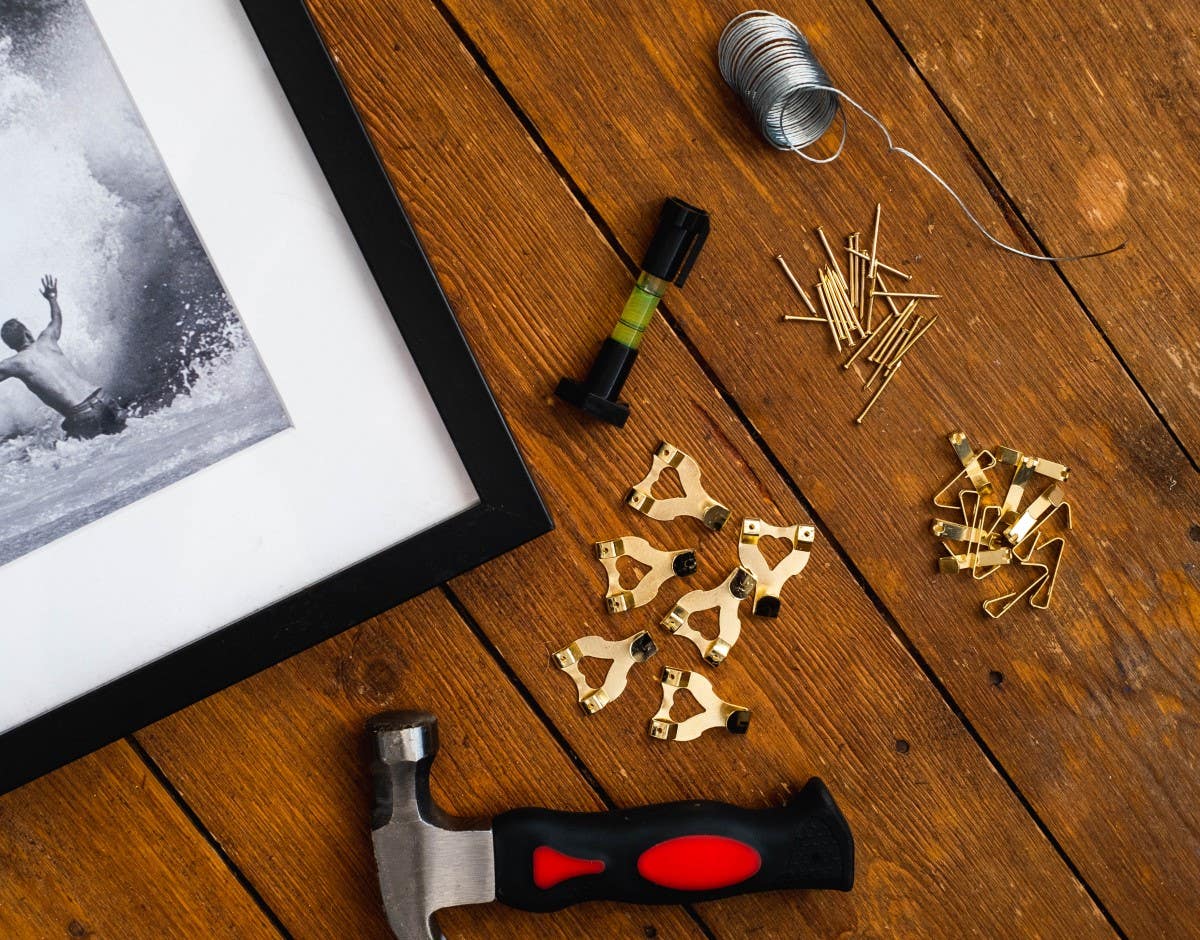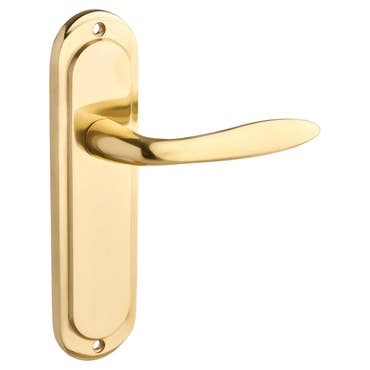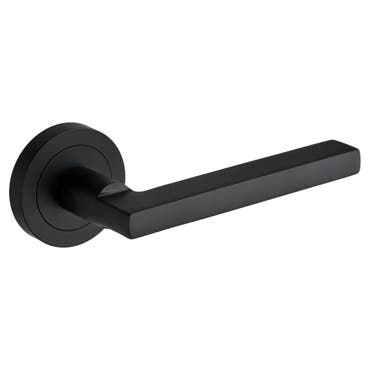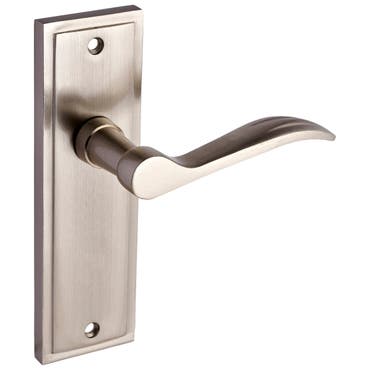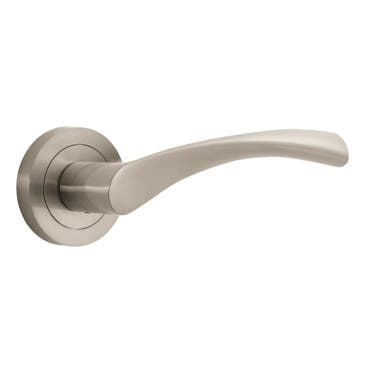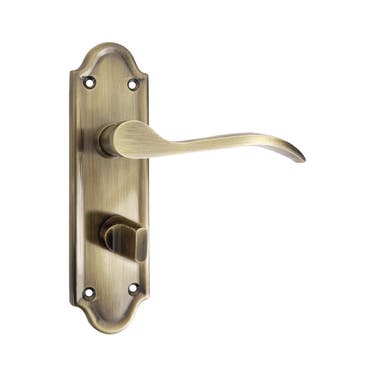Fire doors are innovatively designed to stop a blaze in its tracks with special safety features that can stop the damage from spreading.
As such, they're manufactured to the strictest standards, having to comply to BS 476 Part 22 in the United Kingdom and BS EN 1634 Part 1 in Europe.
Comprehensive fire door testing is carried out

Each fire door then goes through rigorous testing to ensure that they meet all fire safety requirements to be used in this way.
You'll notice when installing a compliant fire door that it features a CE Mark which denotes 'fire resisting doors' that can be relied upon if and when the time comes.
Fire Door Certification

This CE Mark needs also to be supported by a Declaration of Performance (DoP) and 3rd-party certification from schemes like BWF CERTIFIRE.
As we'll see as we progress through the article, components installed on certified fire doors also need to be approved by bodies like CERTIFIRE or they become invalidated.
But what about door handles & other door hardware?
It's natural to wonder whether the door hardware fitted to fire doors also needs to be rated for fire safety & that's what we examine here.
By reading on, you'll gain a better understanding of the need to have not just fire-rated door handles, but also fire door hardware.
Do fire doors require special handles?
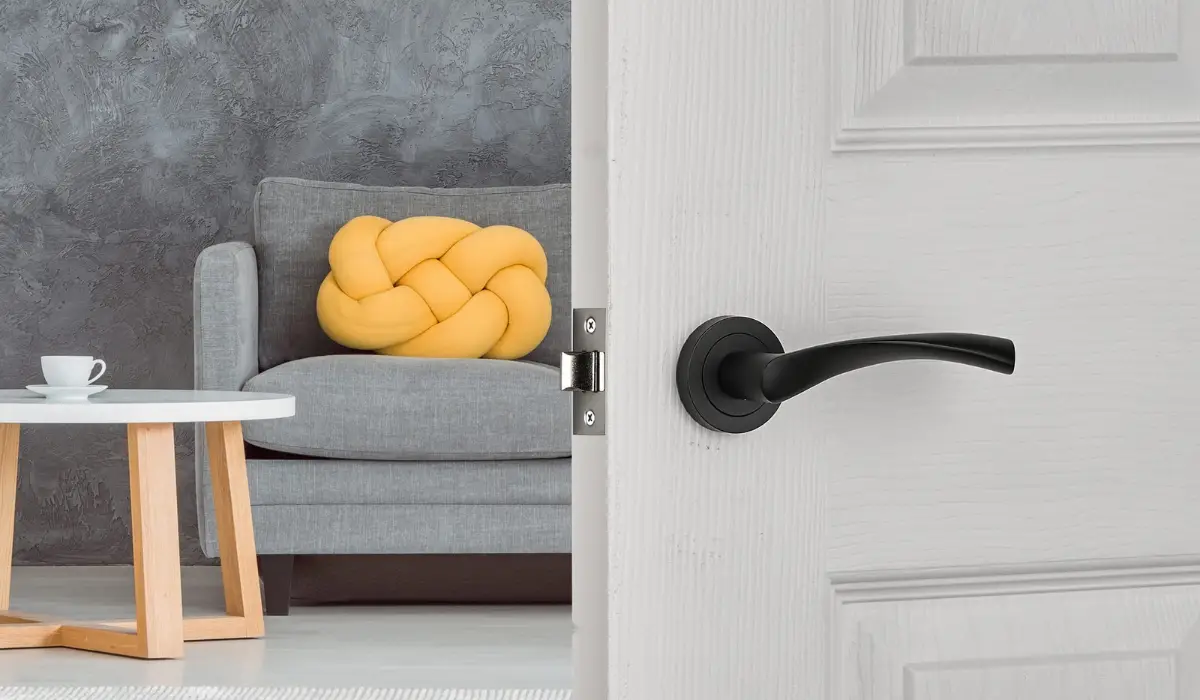
As we've already alluded to, yes, fire doors do require special door handles to maintain their ability to hold back fire in order to protect lives and further property damage.
When fitting a new fire door, the supplier should give you a datasheet that details the exact door hardware you'll need to install.
Fire-rated door handles come rated as either FD 30 or FD 60, which essentially relates to the amount of time they're rated for.
Logically, an FD 30 fire door is rated to provide 30 minutes of protection, whereas an FD 60 offers twice as much - 60 minutes.
What's important to note is that you should always match the door handle to the rating of the door. So, if it's an FD 60-rated door, you shouldn't fit an FD 30-rated handle.
Doing so would just diminish the door's ability to hold back the flames and contravenes current UK fire door regulations.
Fire-rated door locks and latches
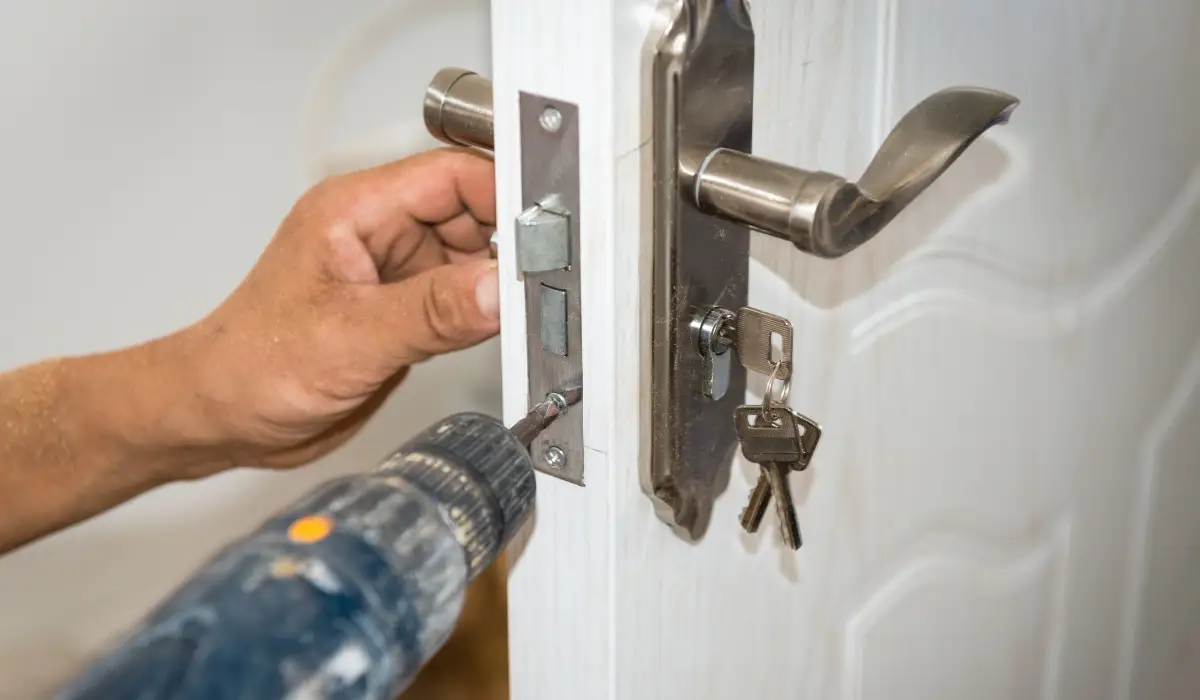
Next, we look at the next group of components you'll find on compliant timber fire doors - locks and latches.
A vital part of the job a fire door does is only made possible when it's kept firmly shut and it's able to remain so due to the locks and latches that are installed.
Needing to comply with BS EN 12209, these fire-rated locks and latches hold the door within the door frame to protect building occupants.
Typically speaking we'd recommend the following options for your fire door:
-
Mortise latches
-
Roller catches
-
Rimmed latches
In the event of you having to cut into the door to fit a secure mortise lock, it's imperative that you avoid leaving any gaps inside the door itself.
Fire is very unforgiving and if there's a gap in which the fire can get, it risks the entire integrity of the door in question.
Fire-rated hinges
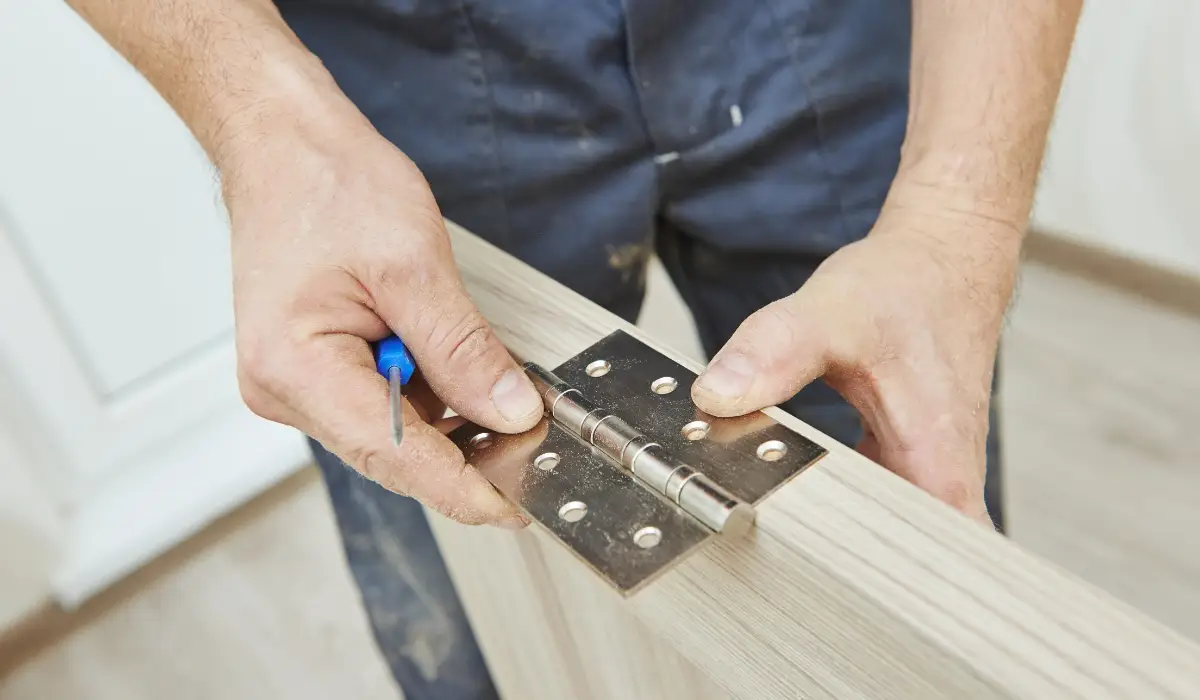
Another type of fire door hardware you'll find are hinges - which sit in between the door and door frame when the door leaf is in a closed position.
Hinges represent an essential part of fire door performance and there should be a minimum of three hinges that are screwed tightly into place. (Three hinges are necessary to prevent the door from warping).
Fire-rated hinges must comply with BS EN 1935
Again, they need to be CE marked and compliant with BS EN 1935, and due to the importance of a tight fit, when they're showing signs of wear, all three must be replaced.
The same rule applies if the door leaf itself drops within the frame, leaving obvious gaps through which flames could enter.
Intumescent Pads Need Also to Be Fitted
What also needs to be attached to fire doors are intumescent pads that add an extra-tough barrier for fire and smoke to get through.
Smoke is responsible for between 50-80% of all fire-related deaths, so your fire door must be able to keep it out, and with pads (or strips) installed, it will be better able to.
These adhesive-backed strips sit inside the door frame and expand in the event of a fire, sealing the door leaf into position.
Intumescent strips also come in two ratings; FD 30 and FD 60, which obviously need to be matched with the fire door you have.
Controlled door closing devices (a.k.a soft door closers)
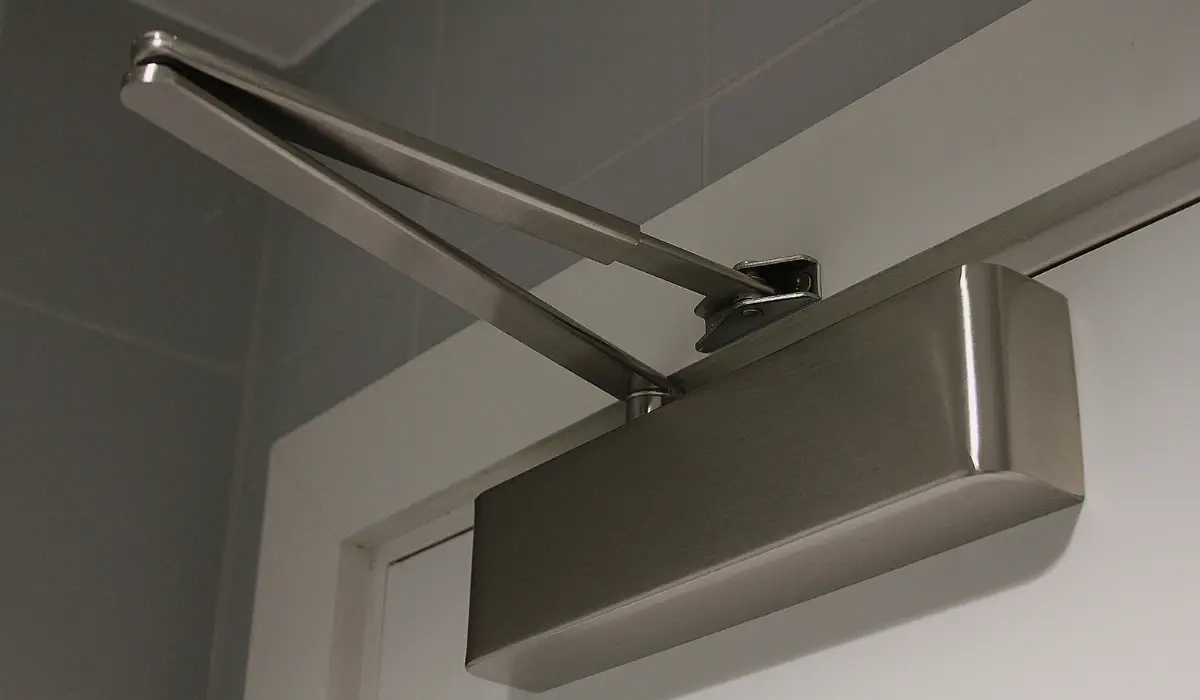
In order for a fire door to be certified in England, Wales, and Scotland, it must be a self closing fire door (fitted with a closing device) that's able to remain closed on its own.
This self closing action is achieved with fire door closers. Your typical door closer uses a pneumatic action to not only prevent doors from slamming but also keep each door closed.
A Door closer will help to guide people escaping from a fire
Your building should have a clearly demarked escape route for emergency purposes, with all fire doors and escape doors being easy to see and use.
Fire doors that shut using a door closer in this way also serve to ensure everyone goes the right way when combined with clear signage.
What's the BS EN number for fire door closers?
Controlled door closing devices must comply with BS EN 1154 and be CE marked - as with all door hardware on fire doors.
As such, the door closer in question should be able to close itself from any angle and not take more than 25 seconds to go from being open to fully closed.
Ease of access requirements also need to be met by door closers
Something else that needs to be considered when it comes to door closers in a private or public (non-residential) building is ease of access.
When installing, you have to ensure that your door closer has enough tension for the door to remain closed, but not so much that it's difficult to open.
The operation of any fitted door closers must not be too stiff or difficult for anyone with mobility issues as per the UK's Equality Act, so be sure to adjust your fire door's closing device accordingly.
Supporting signage must be clearly displayed
When fire doors exist within a building, they must be clearly defined by effective signage that allows people to identify them at a glance.
In the UK, these mandatory signs are blue and must be applied to each fire door and they come in three different types:
-
Type #1 - Fire Door Keep Shut
-
Type #2 - Fire Door Keep Locked
-
Type #3 - Automatic Fire Door Keep Clear
These signs must be attached at eye level and on both sides of the fire door, with doors included as part of any escape route meeting BS 5499 regulations.
A Properly Installed & Maintained Fire Door Will Save People's Lives
When you have a fire door in your property, it's something that could easily save your life or someone else's, so getting things right is very important.
Here we've seen that every fire door needs to meet all kinds of BS EN guidelines, as does all of the door hardware attached to it.
So, whether talking about a BS EN approved door hinge, handle or BS EN certified door closer, or latch bolt, they must all be up to standard in order for the timber door itself to retain its fire resistance and stated fire rating.
Remember also that they need to meet all fire regulations for their use, be CE marked, be complemented with intumescent strips, and feature clear signage.
Your fire doors are every bit as important as your fire alarm, fire test, and all of your other emergency exit devices, so make sure yours are up to scratch.
We thank you for taking the time to read our blog and we hope that doing so, it leads to everyone who uses your building is fully protected from fires.

